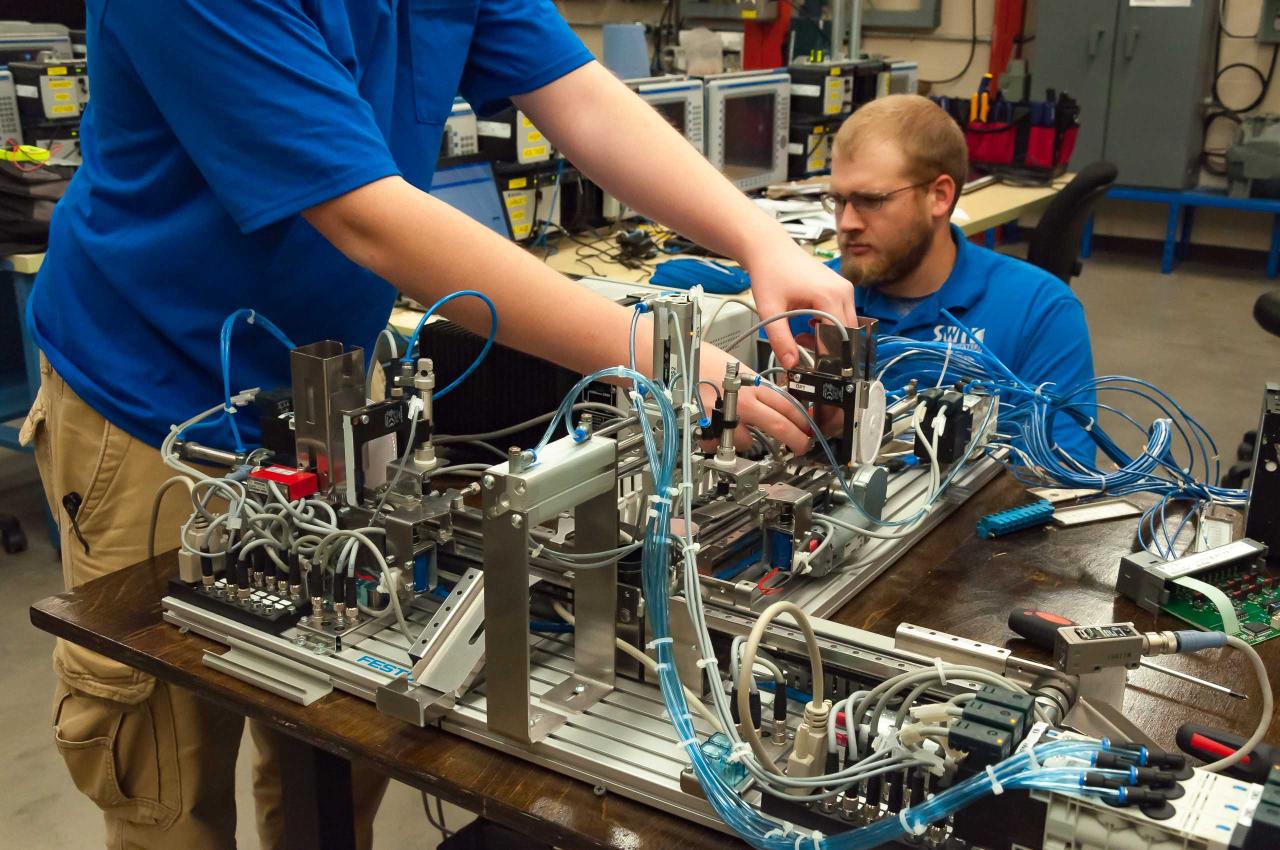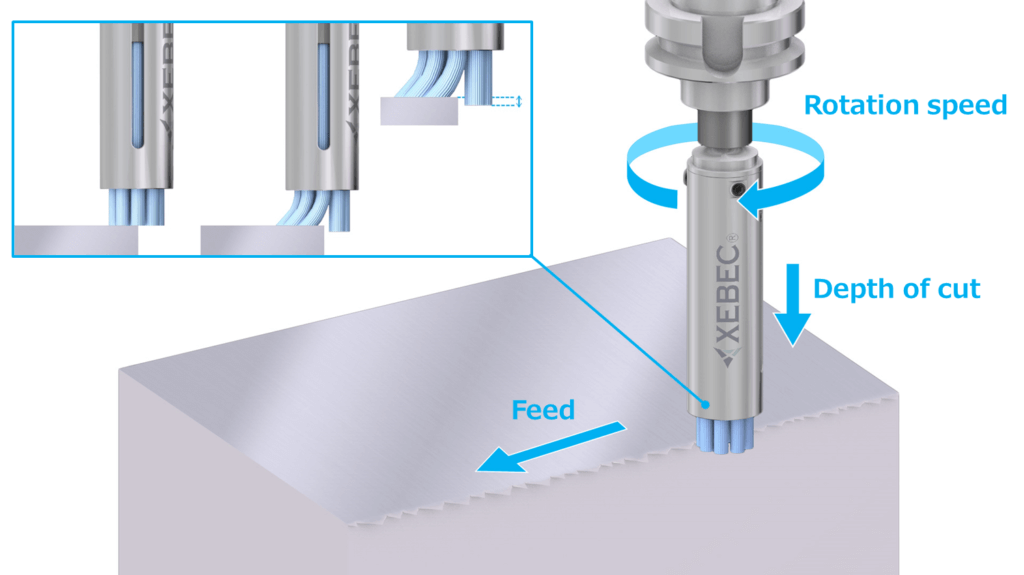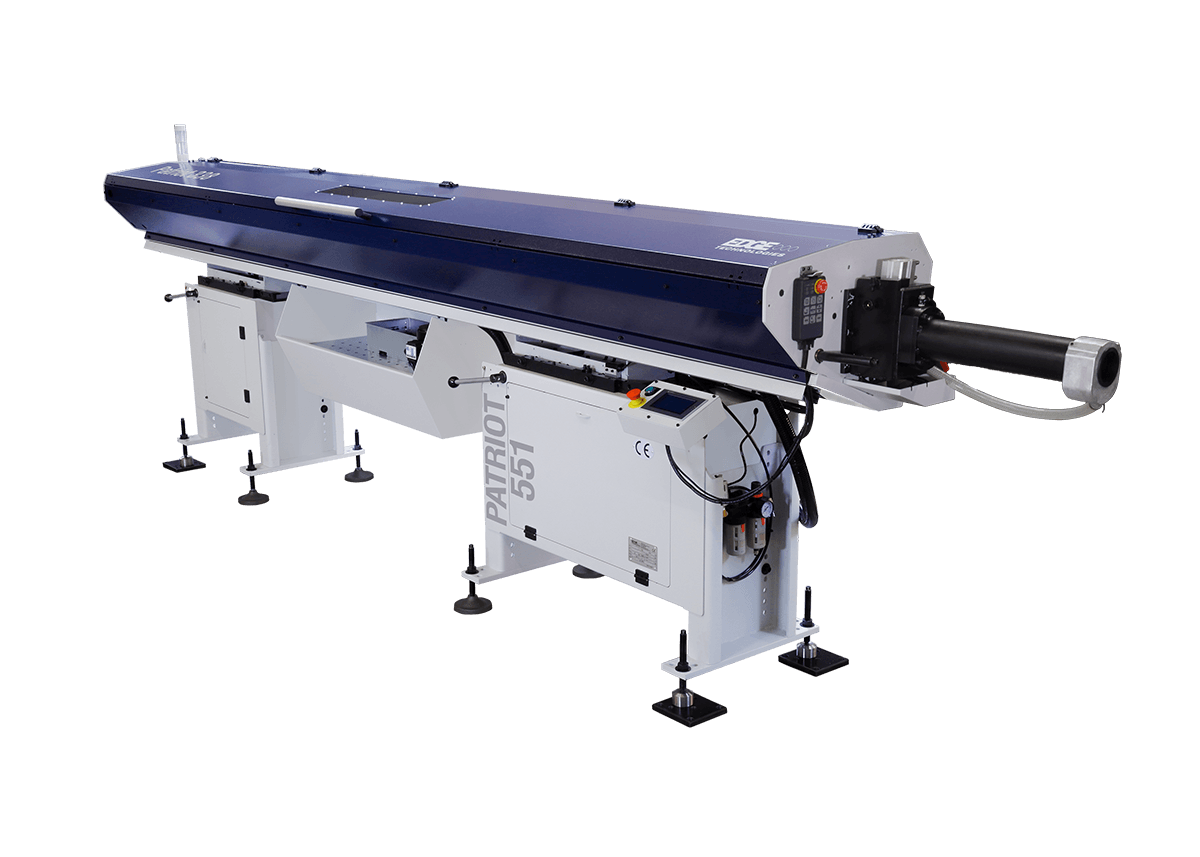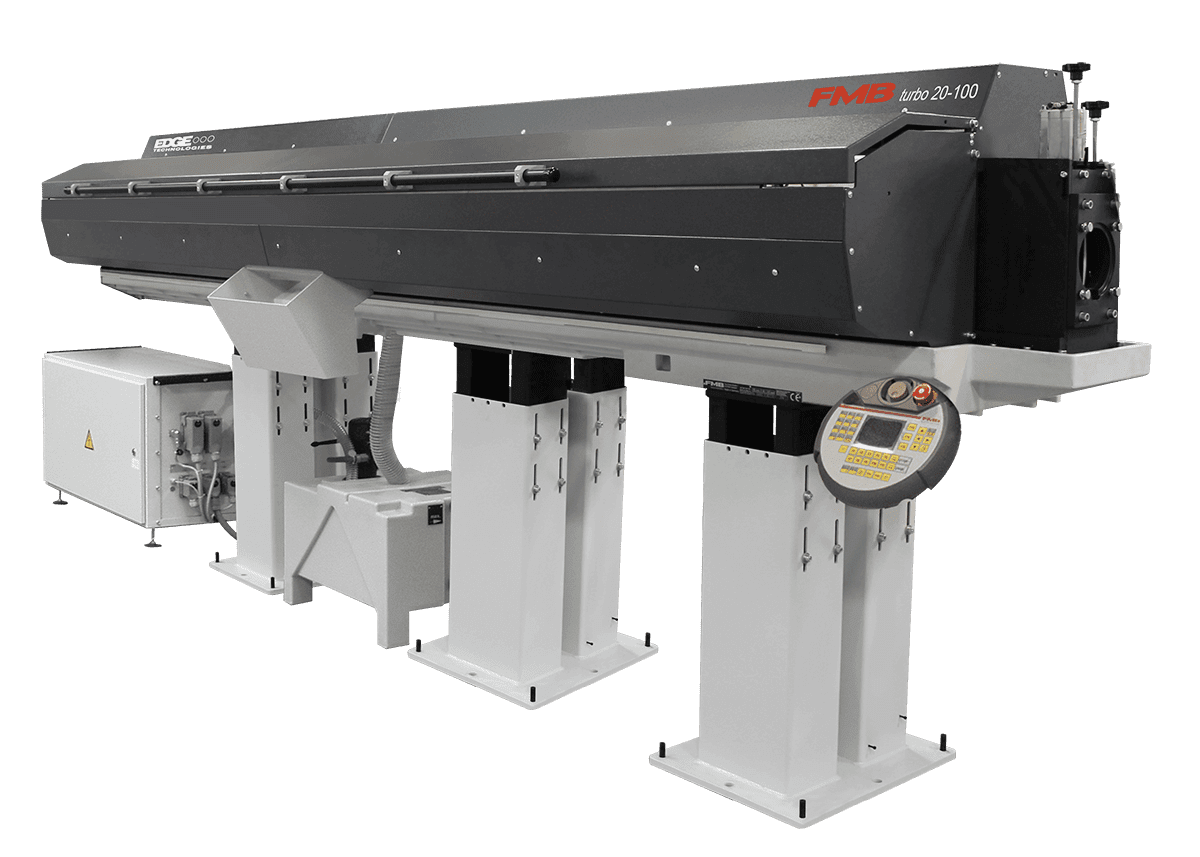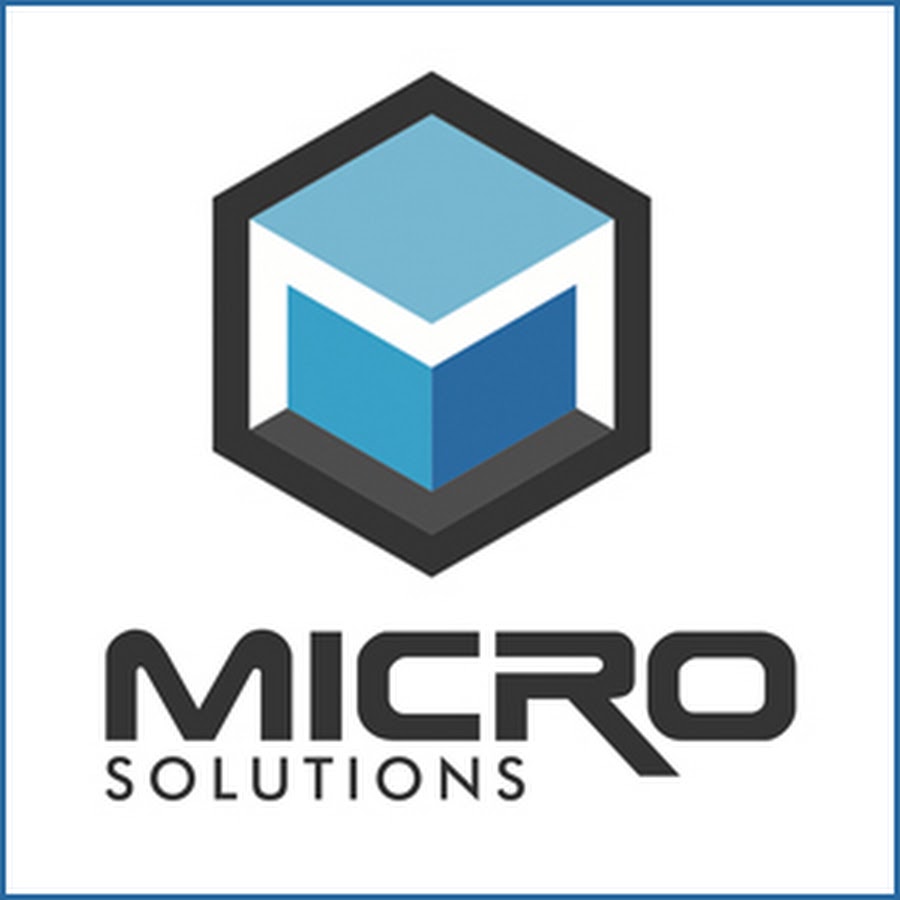Laser Label Technologies: Precision Marking and Cutting
Laser label technologies have revolutionized the way we mark, cut, and engrave materials, offering precision, durability, and versatility unmatched by traditional methods. From intricate designs on jewelry to complex circuit […]
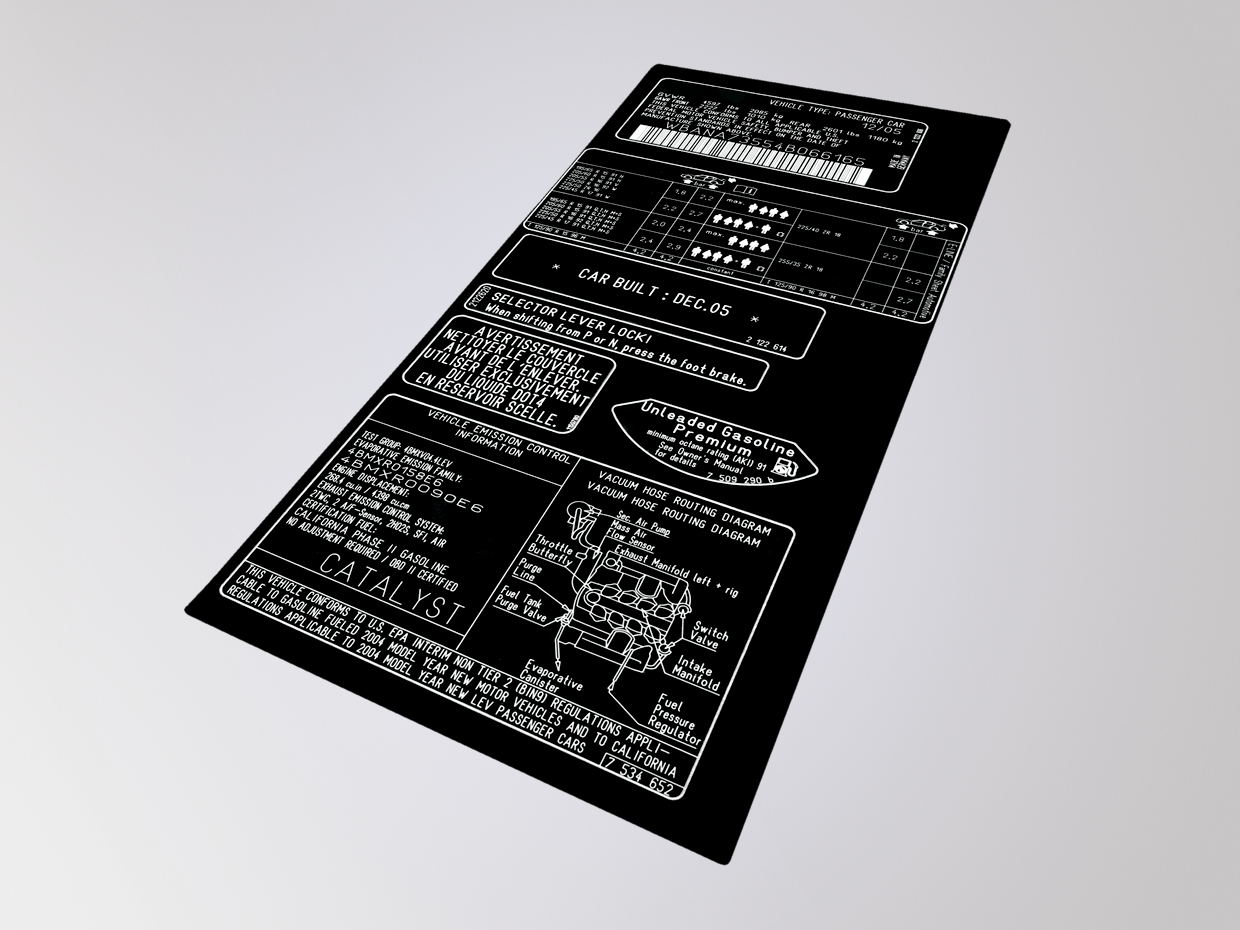
Laser label technologies have revolutionized the way we mark, cut, and engrave materials, offering precision, durability, and versatility unmatched by traditional methods. From intricate designs on jewelry to complex circuit board patterns, lasers have become indispensable tools across various industries.
The journey of laser label technologies began in the 1960s with the invention of the laser itself. Since then, advancements in laser technology have led to the development of specialized laser systems for diverse applications, including laser engraving, laser marking, and laser cutting. These technologies utilize focused beams of light to interact with materials, creating permanent and highly detailed labels, markings, or cuts.
Types of Laser Label Technologies

Laser label technologies have revolutionized the way we mark, engrave, and cut materials. This advanced technology utilizes a focused beam of light to create precise and durable labels on a wide range of substrates.
Laser Engraving
Laser engraving is a process that uses a high-powered laser beam to remove material from a surface, creating a permanent and raised label. The laser beam interacts with the material, vaporizing or melting it to create the desired design.
- Applications: Laser engraving is widely used for creating personalized labels on jewelry, trophies, awards, and other decorative items. It’s also employed in industrial applications for marking tools, components, and parts for identification and tracking purposes.
- Advantages: Laser engraving offers high precision, durability, and the ability to create intricate designs. It’s a versatile technique that can be used on various materials, including metals, plastics, wood, and glass.
- Disadvantages: Laser engraving can be a relatively slow process, especially for large areas or complex designs. It can also be expensive, depending on the equipment and materials used.
Laser Marking
Laser marking uses a focused laser beam to alter the surface of a material, creating a permanent label. This process doesn’t remove material but rather changes its physical or chemical properties, creating a visible mark.
- Applications: Laser marking is widely used for marking products, components, and packaging for identification, traceability, and security purposes. It’s also employed in medical devices, automotive parts, and electronics for creating durable and tamper-proof labels.
- Advantages: Laser marking offers high speed, precision, and the ability to create permanent labels. It’s a non-contact process, eliminating the risk of tool wear or contamination.
- Disadvantages: Laser marking can be limited in terms of the depth and complexity of the markings. It’s also not suitable for all materials, especially those that are easily burned or charred.
Laser Cutting
Laser cutting uses a high-powered laser beam to cut through materials, creating precise and intricate shapes. The laser beam melts or vaporizes the material, creating a clean and burr-free cut.
- Applications: Laser cutting is widely used in manufacturing, prototyping, and design for cutting various materials, including metals, plastics, wood, and fabrics. It’s also employed in the creation of intricate designs for architectural models, jewelry, and artwork.
- Advantages: Laser cutting offers high precision, speed, and the ability to cut complex shapes. It’s a versatile technique that can be used on a wide range of materials, and it produces minimal waste.
- Disadvantages: Laser cutting can be expensive, depending on the equipment and materials used. It can also be limited by the thickness of the material that can be cut.
Laser Label Materials: Laser Label Technologies
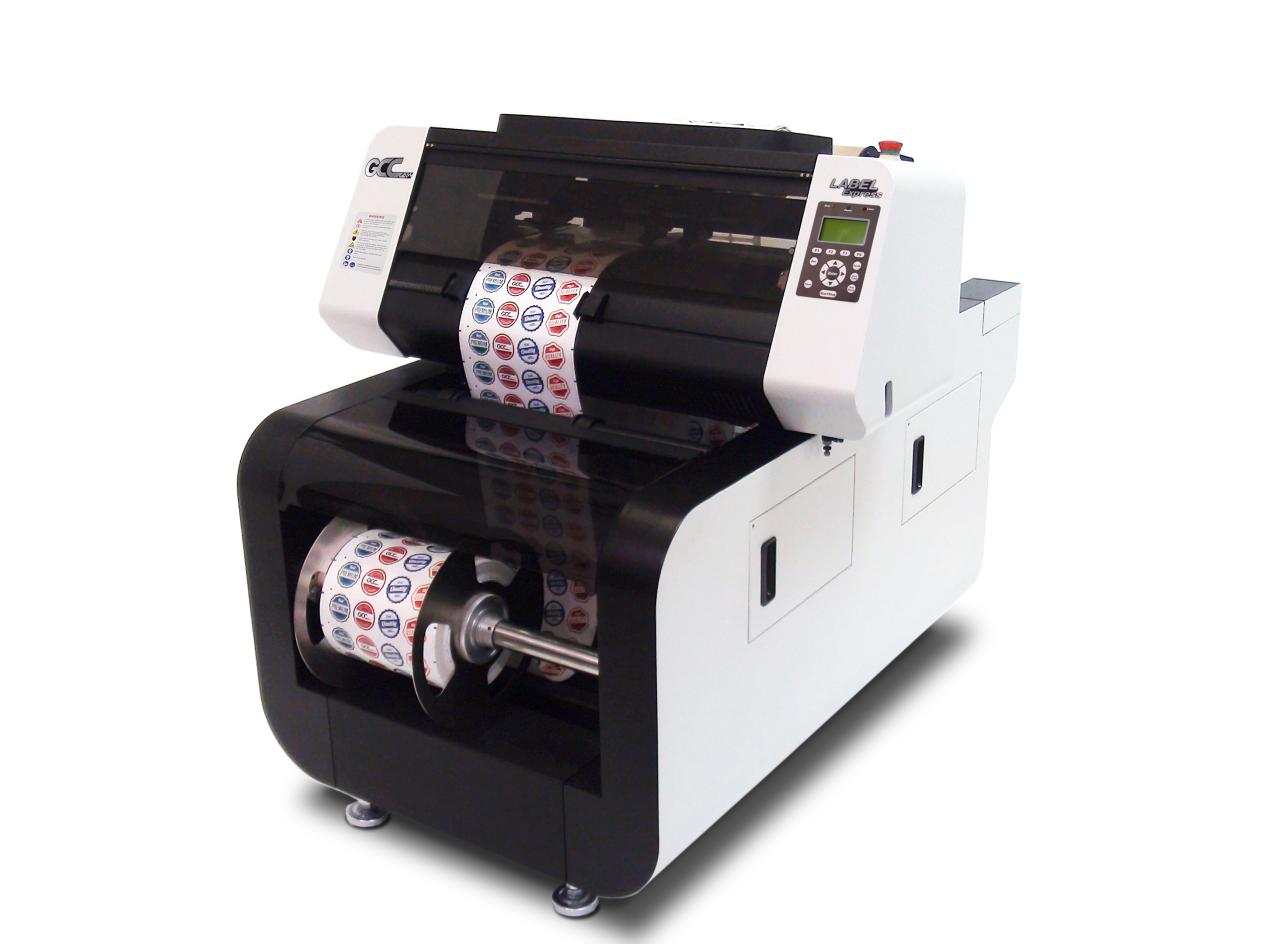
The choice of material for laser labeling is crucial as it significantly impacts the label’s durability, appearance, and overall effectiveness. Various materials, each with unique properties, are commonly used in laser labeling applications.
Metals
Metals are widely used in laser labeling due to their durability, resistance to wear and tear, and ability to withstand harsh environments.
- Stainless Steel: A popular choice for laser labeling due to its high corrosion resistance, strength, and ability to withstand high temperatures. Stainless steel labels are commonly used in industrial settings, automotive parts, and medical devices.
- Aluminum: Known for its lightweight, high conductivity, and excellent reflectivity. Aluminum labels are frequently used in electronics, aerospace, and automotive industries.
- Copper: Possesses excellent thermal and electrical conductivity, making it suitable for applications requiring heat dissipation. Copper labels are often found in electronics, electrical components, and heat sinks.
- Brass: A durable and corrosion-resistant alloy, often used for decorative purposes and in applications requiring high wear resistance. Brass labels are commonly used in automotive, hardware, and jewelry industries.
Plastics
Plastics offer versatility, affordability, and ease of processing, making them suitable for a wide range of laser labeling applications.
- Polypropylene (PP): A durable and chemical-resistant plastic, often used for labels requiring high tensile strength and resistance to solvents. PP labels are frequently used in packaging, food containers, and medical devices.
- Polyethylene (PE): A flexible and moisture-resistant plastic, commonly used for labels requiring high tear strength and water resistance. PE labels are widely used in packaging, food containers, and industrial applications.
- Polyvinyl Chloride (PVC): A versatile and durable plastic, known for its chemical resistance, flexibility, and ease of processing. PVC labels are commonly used in packaging, signage, and industrial applications.
- Acrylonitrile Butadiene Styrene (ABS): A strong and impact-resistant plastic, often used for labels requiring high durability and scratch resistance. ABS labels are frequently used in automotive parts, electronics, and toys.
Ceramics
Ceramics offer exceptional durability, heat resistance, and chemical inertness, making them suitable for demanding applications.
- Alumina (Al2O3): A highly durable ceramic with excellent hardness, chemical resistance, and high melting point. Alumina labels are often used in high-temperature applications, such as furnaces, engine parts, and electronic components.
- Zirconia (ZrO2): A strong and wear-resistant ceramic with high hardness and fracture toughness. Zirconia labels are frequently used in dental implants, medical devices, and industrial applications requiring high wear resistance.
- Silicon Nitride (Si3N4): A durable and heat-resistant ceramic with excellent mechanical strength and thermal shock resistance. Silicon nitride labels are often used in high-temperature applications, such as turbine blades, engine parts, and cutting tools.
Laser Label Equipment
Laser label equipment encompasses a sophisticated system that utilizes a laser source to precisely engrave or mark labels, ensuring high-quality and durable results. The components of a typical laser label system work in harmony to achieve the desired outcome.
Laser Source
The laser source is the heart of a laser label system, generating a focused beam of light that interacts with the label material. The choice of laser source depends on the specific application and the characteristics of the label material.
Types of Lasers
- CO2 Lasers: These lasers emit infrared radiation and are widely used for engraving and cutting a variety of materials, including plastics, wood, and paper. They offer high power and efficiency, making them suitable for high-volume production.
- Fiber Lasers: Fiber lasers operate at near-infrared wavelengths and are known for their high precision, efficiency, and long lifespan. They are particularly well-suited for marking metals, ceramics, and other materials that require fine detail.
- Nd:YAG Lasers: Nd:YAG lasers emit in the visible or near-infrared spectrum and are commonly used for marking and engraving a wide range of materials, including metals, plastics, and glass. They offer high power and versatility.
Optics
The optics in a laser label system direct and focus the laser beam onto the label material. This crucial component ensures precise and controlled engraving or marking.
Optical Components
- Focusing Lens: The focusing lens concentrates the laser beam to a small spot size, allowing for precise engraving or marking.
- Scan Head: The scan head moves the laser beam across the label material, creating the desired pattern or design.
- Mirrors: Mirrors are used to reflect and direct the laser beam, allowing for flexible and precise engraving or marking.
Control System
The control system is responsible for managing the laser source, optics, and other components of the laser label system. It enables precise control over the laser power, scan speed, and other parameters, ensuring consistent and high-quality results.
Control System Components
- Computer: The computer provides the interface for controlling the laser label system, allowing for the design and creation of labels.
- Software: The software enables the creation and manipulation of label designs, as well as the control of the laser label system parameters.
- Motion Control System: The motion control system ensures precise movement of the scan head, enabling intricate and detailed engravings or markings.
Factors to Consider When Selecting Laser Label Equipment
- Material Type: The type of material to be labeled is a crucial factor in selecting laser label equipment. Different lasers are more suitable for different materials, based on their absorption characteristics and other properties.
- Label Size and Complexity: The size and complexity of the label design will influence the choice of laser equipment. High-power lasers with advanced optics are required for large and intricate designs.
- Production Volume: The volume of labels to be produced is another important factor. High-volume production requires laser label equipment with high speed and efficiency.
- Budget: The cost of laser label equipment can vary significantly depending on the features and capabilities. It is essential to select equipment that meets the budget and specific application requirements.
Future Trends in Laser Label Technologies
The field of laser label technologies is constantly evolving, driven by advancements in laser sources, materials, and applications. These advancements are paving the way for more efficient, versatile, and sustainable labeling solutions. This section explores emerging trends in laser label technologies and their potential impact on the future of labeling applications.
New Laser Sources
The development of new laser sources is a key driver of innovation in laser label technologies. These sources offer enhanced capabilities in terms of power, precision, and versatility.
- Ultrafast Lasers: Ultrafast lasers emit pulses of light with extremely short durations, typically in the femtosecond range. This allows for highly precise and localized ablation of materials, minimizing heat-affected zones and enabling intricate designs. Applications include micro-engraving, marking, and cutting of delicate materials.
- Fiber Lasers: Fiber lasers are known for their high efficiency, compact size, and excellent beam quality. They offer advantages in terms of power stability, reliability, and maintenance. Fiber lasers are widely used in industrial applications, including high-speed marking and engraving of metals, plastics, and ceramics.
- Diode Lasers: Diode lasers are becoming increasingly popular due to their low cost, compact size, and long lifespan. They are particularly well-suited for applications requiring high-speed marking and engraving of various materials, including plastics, metals, and wood.
Advanced Materials, Laser label technologies
The development of new materials is another crucial aspect of advancing laser label technologies. These materials offer enhanced properties, such as durability, resistance to environmental factors, and improved aesthetics.
- High-Performance Polymers: High-performance polymers, such as polyetheretherketone (PEEK) and polyphenylene sulfide (PPS), offer exceptional durability, chemical resistance, and temperature stability. They are used in applications requiring high-performance labels, such as those for industrial parts, medical devices, and aerospace components.
- Nanomaterials: Nanomaterials, such as graphene and carbon nanotubes, possess unique properties, including high strength, conductivity, and thermal stability. These materials are being explored for use in laser-based labeling applications, offering enhanced durability, conductivity, and optical properties.
- Biocompatible Materials: Biocompatible materials are essential for labeling medical devices and pharmaceuticals. Laser-based labeling technologies are being developed using biocompatible materials, ensuring safety and compatibility with biological systems.
Integration with Digital Technologies
The integration of laser label technologies with digital technologies, such as artificial intelligence (AI) and the Internet of Things (IoT), is creating new opportunities for smart labeling solutions.
- AI-Powered Label Design: AI algorithms can analyze data and generate optimized label designs based on specific requirements, such as product information, branding guidelines, and target audience. This allows for personalized and efficient labeling processes.
- IoT-Enabled Tracking and Traceability: Laser-engraved labels can be integrated with IoT sensors and RFID tags to enable real-time tracking and traceability of products throughout the supply chain. This provides valuable insights into product movement, storage conditions, and potential counterfeiting attempts.
Sustainable Labeling Solutions
Sustainability is becoming increasingly important in the labeling industry. Laser label technologies are playing a crucial role in developing sustainable labeling solutions.
- Reduced Material Consumption: Laser-based labeling processes often require less material compared to traditional printing methods, reducing waste and environmental impact.
- Energy Efficiency: Laser systems are becoming more energy-efficient, reducing the overall energy consumption associated with labeling processes.
- Biodegradable and Recyclable Materials: The development of biodegradable and recyclable labeling materials is a key area of focus in sustainable labeling solutions.
Final Thoughts

Laser label technologies have become integral to modern manufacturing, healthcare, electronics, and countless other industries. The ability to create precise, durable, and aesthetically pleasing labels with lasers has significantly impacted product branding, traceability, and safety. As technology continues to evolve, we can expect even more innovative applications of laser label technologies in the future, pushing the boundaries of precision and efficiency in various fields.
Laser label technologies are finding new applications across various industries, including the hospitality sector. Many hotel technology companies are now integrating laser labeling systems for managing inventory, streamlining guest services, and enhancing operational efficiency. This technology provides a cost-effective and reliable way to track assets, ensuring accurate inventory management and improving guest satisfaction.
